Ford Everest wins world first ‘Not-a-Car of the Year’ award
Senior executive geniuses at Wheels magazine have taken the bold, brave decision to drop the prerequisite for its so-called ‘Car of the Year’ award henceforth. Here’s why motoring awards are meaningless to real consumers like you…
If your single overarching reason for existence is to give a vehicle an award called ‘Car of the Year’, is it not inherently a problem should you decide to give that award to a 4x4 ute-turned-wagon?
Calling a big, boxy, all-terrain high-riding seven-seat wagon with ladder-frame chassis, an antiquated engine, a dud transmission and sundry other deficiencies (like a vibrating tailshaft) that make it not-a-car - doesn’t that defeat the purpose for having such an award?
Admittedly, I live in the past, in a world where the facts really do matter, and we do live in a post-truth era now, obviously, so perhaps it's me who's out of step. Just like I was wrong about the 2021 Mazda CX-30 being unworthy of COTY - because being worse at something than others means you can still win these days.
Perhaps I should propose some other awards. Subaru WRX might be the front runner for ‘Not a 4x4 of the Year’, maybe the Nissan Leaf will walk away with the Summernats burnout competition (because we need to be more inclusive there, specifically including cars that will never bag them up). And we should re-engineer the past as well so that we could posthumously award the RMS Titanic the 1912 ‘Aircraft of the Year’ award. Would that not just line everything up and things could start making sense again?
Wheels magazine’s digital editor for new cars, Alex Inwood, says of the Ford Everest:
it feels like a large SUV designed and built to meet the demands of Aussie buyers and it doesn't just tick the boxes, it goes above and beyond in virtually every metric.
Now, be that as it may, it's not a car. Just like the Mercedes EQ400 is not a car, and the Kia EV6 is not an SUV.
Wheels says “Everest is…miles better than you’d suspect on bitumen” but then admits “Road testing…did highlight a few chinks in the armour.” Talk about bipolar analysis.
Yet one of the metrics in which it is preposterously deficient, Alex, is availability. So in terms of meeting the demands of consumers, how can it do so if when I get so excited by your Car of the Year award that I race to the nearest Ford dealer, drop my $5000 deposit down on the counter for the acquisition of an Everest Platinum, but I am not going to take delivery for 10 months?
This is another case of this BCOTY award going to a car that you cannot buy in practice. It's 10 months away - that’s the first quarter of 2024 at the earliest. It makes me wonder just how ridiculously out of touch with the car buying public a publication must be to give an award, which is supposed to inform consumers about good vehicles and less good vehicles, to give that award to something that is simply not commercially available now.
My AutoExpert AFFORDABLE ROADSIDE ASSISTANCE PACKAGE
If you’re sick of paying through the neck for roadside assistance I’ve teamed up with 24/7 to offer AutoExpert readers nationwide roadside assistance from just $69 annually, plus there’s NO JOINING FEE
Full details here >>
AutoExpert DISCOUNT OLIGHT TORCHES
These flashlights are awesome. I carry the Olight Warrior Mini 2 every day - it’s tiny, robust, and super useful in the field or in the workshop. Olight is a terrific supporter of AutoExpert.
Use the code AEJC to get a 12% discount >>
Generators suck! Go off-grid with AutoExpert BLUETTI PORTABLE POWER STATIONS
Need mobile, reliable power? If you’re camping, boating, caravanning or building a dirty big shed in the back paddock, and you need to run a refrigerator, lights, air conditioner, cooking, and/or a bunch of tools - Bluetti has a clean, tidy, robust solution…
Get your AutoExpert free shipping discount here: https://bit.ly/3n62heK
ANCIENT INNOVATION
Wheels further alleges that Everest is:
…really well thought out. Ford has not just copied best practice SUVs; it's established best practice in many areas.
Has it really?
Does this vehicle really drive the automotive sector forward with its incredible Innovation? Is that how this works with its 19-year-old 2.7-litre V6 diesel engine which has been used by everyone including the Ford Territory (from 2011-on), Land Rover Discovery 5, Range Rover Sport, it’s been in Jaguars and Citroens and Peugeots.
I think when you look down that list, there is a common thread of questionable reliability. No?
Additionally, the engine is mated to that appalling 10-speed transmission co-developed with General Motors, of which 47,000 were recalled as early as 2021 because they could just go into neutral at any time.
Let's not forget there are at least three lawsuits in the USA which allege life-threatening potential transmission problems in the. If you're interested, they are Merino versus Ford, Ondorf versus Ford and O'Connor versus Ford. In fact, according to Knights Law Group in the USA:
It's highly questionable that a 10-speed transmission with poor shifting, jerking, lunging and other problems could allow for safe driving, let alone live up to any of Ford's marketing claims.
- Knights Law Group
These do seem to be mutually irreconcilable positions; yet heralds the ‘design excellence of the new Everest’.
According to Wheels:
Thai built it may be, but we’re the biggest market for this vehicle, the next-largest regions in turn being India, Vietnam, Thailand and the Philippines…
In other words, Everest is carefully designed to exploit shitholes like Australia in which lax regulators allow filthy vehicles to continue to join us on the roads in an environment where exhaust pollution from vehicles kills more people prematurely than road trauma. This is a medical fact, but let's not let that get in the way of declaring a vehicle to be excellent.
HANDLING THE PRESSURE
Why don't we talk about dynamics - as in, ride, handling, steering, performance - all that stuff which only motoring journalists give a rat’s arse about in the real world.
Wheels is a bit bipolar on the issue of dynamics:
It was clear right from the outset that body-on-frame SUVs and utes arriving on all-terrain tyres would occupy the wooden spoon positions in dynamic tests such as high speed avoidance and dry braking, and so it proved.
So what they're saying is on bitumen, if you have to swerve to avoid a child or a kangaroo, or if you have to do an emergency stop - you’re fucked.
I haven't got a problem with that because it's absolutely true. So Everest basically handles like a bucket of diarrhoea on bitumen, and if you've got to swerve at 100km/h on the highway or dodge around a kid at 50 or 60 in the suburbs, that's going to be a bad day.
But on dirt, Wheels alleges:
The stability control system is inspired on dirt. Seriously. This vehicle has clearly been built by people with a deep understanding of how it’s going to be used by its key market.
What a Pity that Wheels apparently has absolutely no clue regarding how passenger vehicles are actually used in Australia.
Most Everests, most LandCruisers and Prados, most Pajero Sports and Nissan Patrols, most Isuzu MU-Xs actually never go off-road - they're just the family transport wagon. So those on-road criteria in which they describe Everest as being sub-standard are in fact the most important when it comes to this vehicle’s “key market”. How hard is this?
But let's say you are that potential Dingo Piss Creek enthusiast and that's what you want to do. You take delivery of your fine new Everest, and you take it on a shakedown run out of Sydney. Where should we go? Should make it significant, because this vehicle is “inspired” on dirt. How about we take it out to Birdsville in Queensland?
This is a one-way journey of about 2000 kilometres, so a round trip of 4000kms, which is roughly Sydney to Perth. That should do should it. Except…hang on. If we break down that trip, what do we find?
Sydney to Quilpie in Queensland is about 1300 kilometres and it's all bitumen. So you're gonna sit there at 100km/h for 13 hours, not including fuel, burgers and coffee, on sealed roads. The exact environment where Wheels says Everest is a shitbox. Where the handling is fundamentally compromised.
In all those majority of bitumen driving environments, this award-winning not-a-car is deeply flawed, but on the rare occasion it touches dirt: “inspired”. (Image: Wheels magazine/whichcar.com.au or whatever it’s called.)
Then, when you get to Quilpie, there'll be 625 kms of dirt. Yay.
So your round-trip is therefore going to be over two-thirds of the time spent in an environment where the handling is not optimised and that means if skippy hops out - it could be better. That's just how this works.
And that's if you decide to actually take the bold step of driving from a capital city to a place like Birdsville. FFS.
Most people who own an Everest will not be doing that. They'll be driving from their concrete driveway to the station, to the school drop-off and pick-up, to the nearest Westfield, and they'll be doing a few odd drives in the country from time to time, some annual holidays and Easter long weekends. Even taking the boat down to the ramp, it’s sealed. Some fricken boatramps are even sealed these days. Very little of this time will actually be spent on dirt.
Statistically, a typical Everest will not be driven off-road and I'm not just pulling this data out of my arse.
Incidentally, if you go to the Survey of Motor Vehicle Use >> compiled by the Australian Bureau of Statistics, and you look at passenger vehicles in Australia, (so not light commercials, not trucks) just passenger vehicles in our capital cities, we drive 97 billion kilometres annually. That’s 15 return trips to Pluto.
In other urban areas, so regional cities and large towns, we travel another 28 billion kilometres annually. That's 125 billion kilometres in total driving in urban areas. And in ‘other areas’ we do 31.5 billion - so not a tiny amount - but proportionally pretty small.
In fact, the total driving is about 156.5 billion kilometres, of which 80 per cent of that driving is in urban areas, and of the 20 per cent remaining, that 31.5 billion ‘other area’ driving, most of that is on sealed major highways like the Hume Highway, the Pacific Highway, the Princes Highway.
Even if you drive right across Australia from Sydney to Perth on the Nullabor, you'd struggle finding the bits of dirt road, unless you make little side trips, which you are obviously welcome to make. But the vast majority of your driving is going to be on bitumen.
If you do a lap of Australia and you find yourself in Darwin, then you drive down the Gibb River Road to Derby, and then you go down to Broome and then come back the long way via Perth across the Nullabor - sure the Gibb River Road is dirt - but the rest of the drive is sealed.
But you're going to be operating in an environment in which the handling on that Everest is sub-optimal.
Doubtless someone will suggest you buy a bullbar for it, y’know, to protect you from kangaroo strikes.
If you are looking for large seven or eight-seat SUV with all-wheel drive, terrain response modes, towing capacity, luggage space for many, big wheels and a proper diesel engine - while also being very good at on-road handling - check out the Kia Sorento (or Carnival if you need to maximise passengers over ride height), or the pimping Hyundai Palisade which is quite well suited to all those regular sealed-surface driving kilometres you’re actually going to drive.
You could also try the Mitsubishi Pajero Sport which has a brilliant transmission capable of high-4 driving on sealed surfaces, while also being capable of heavy towing and isn’t a Ford.





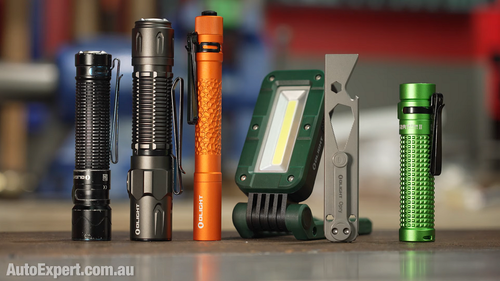

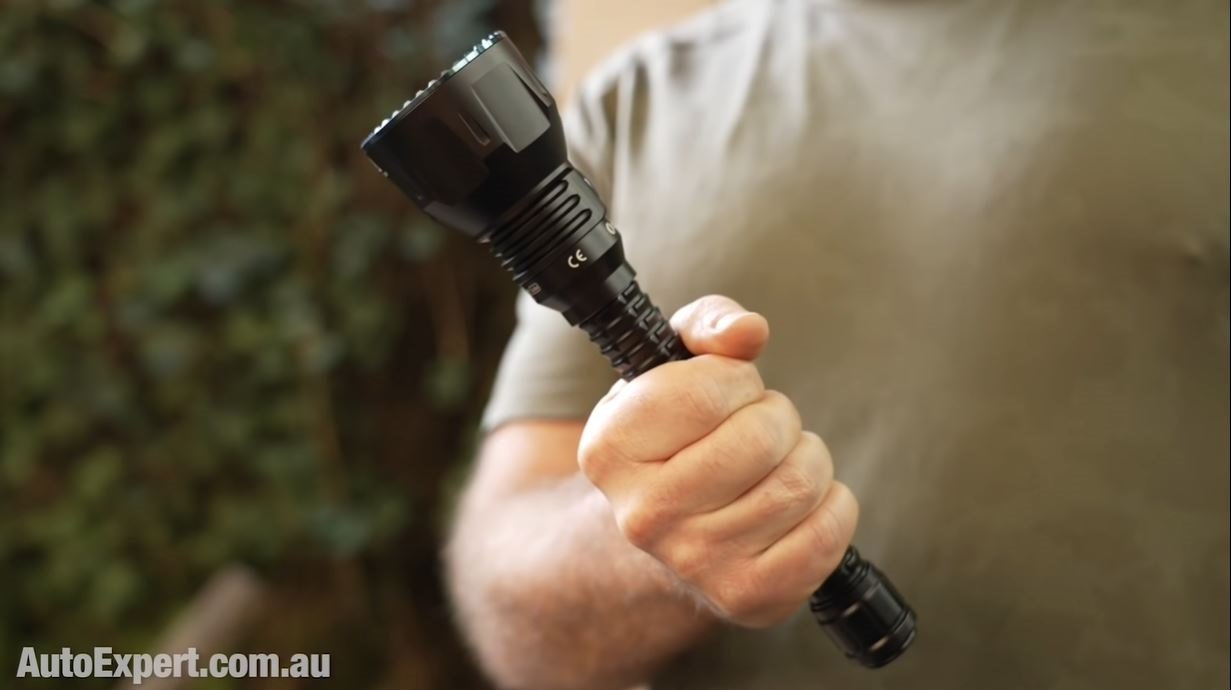
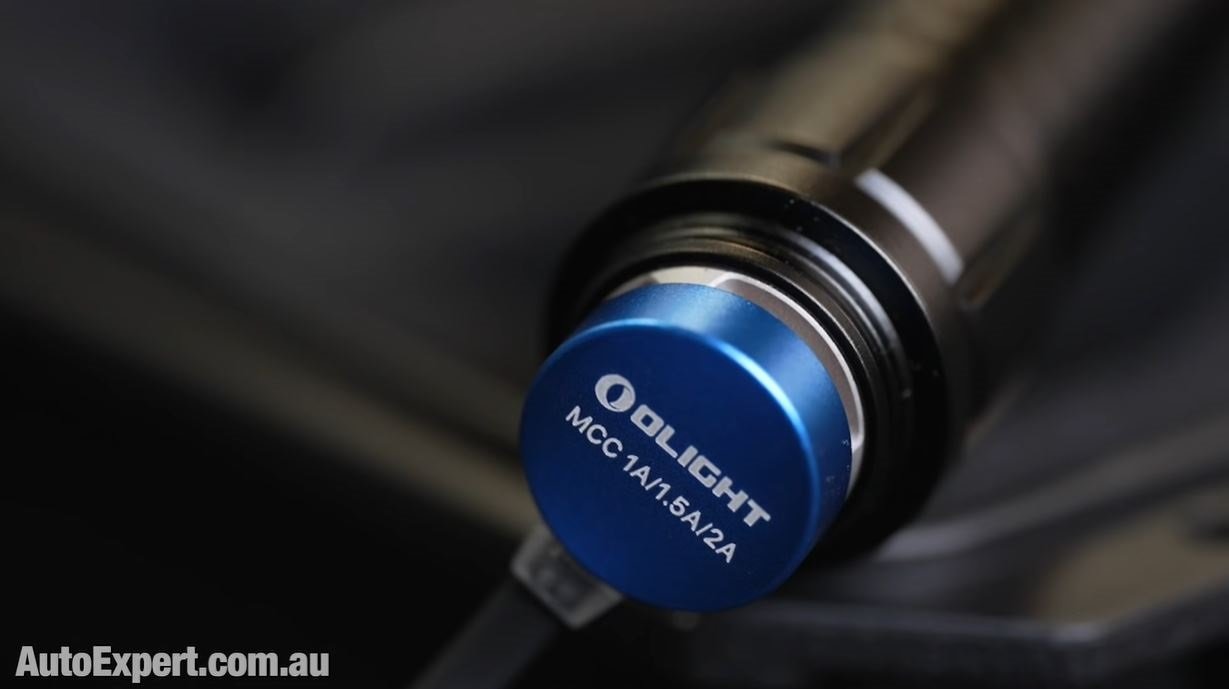
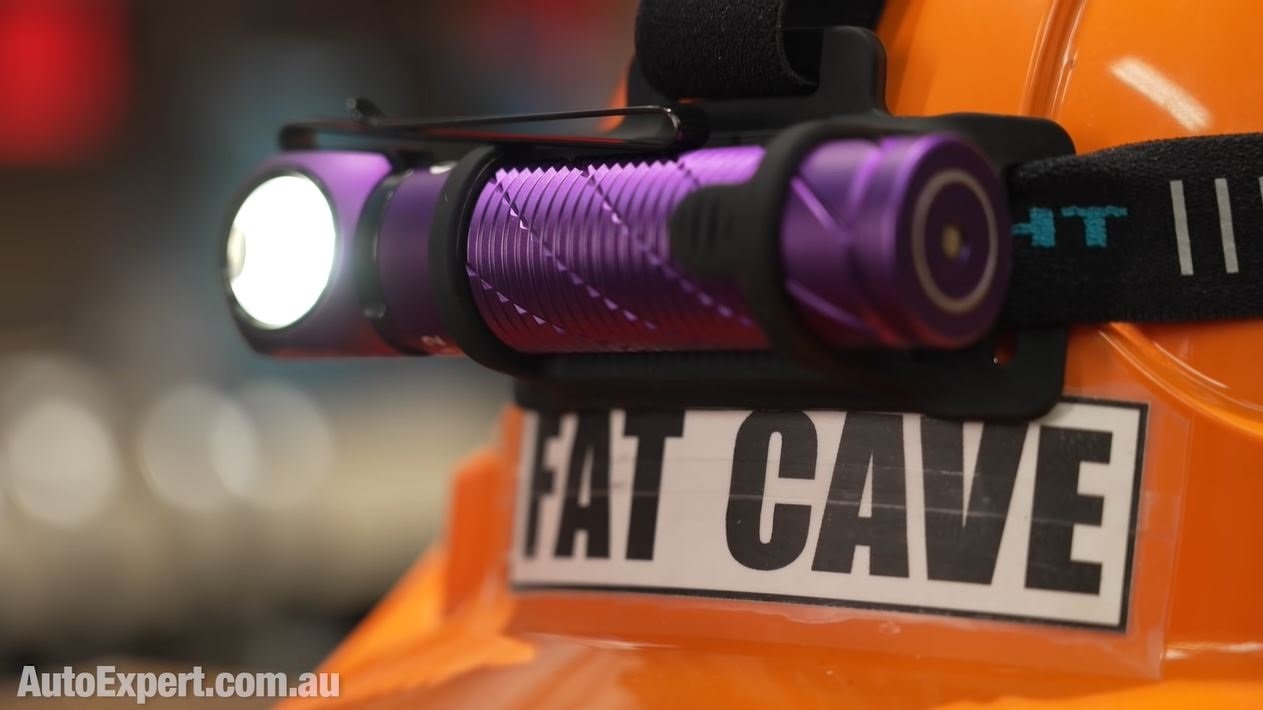
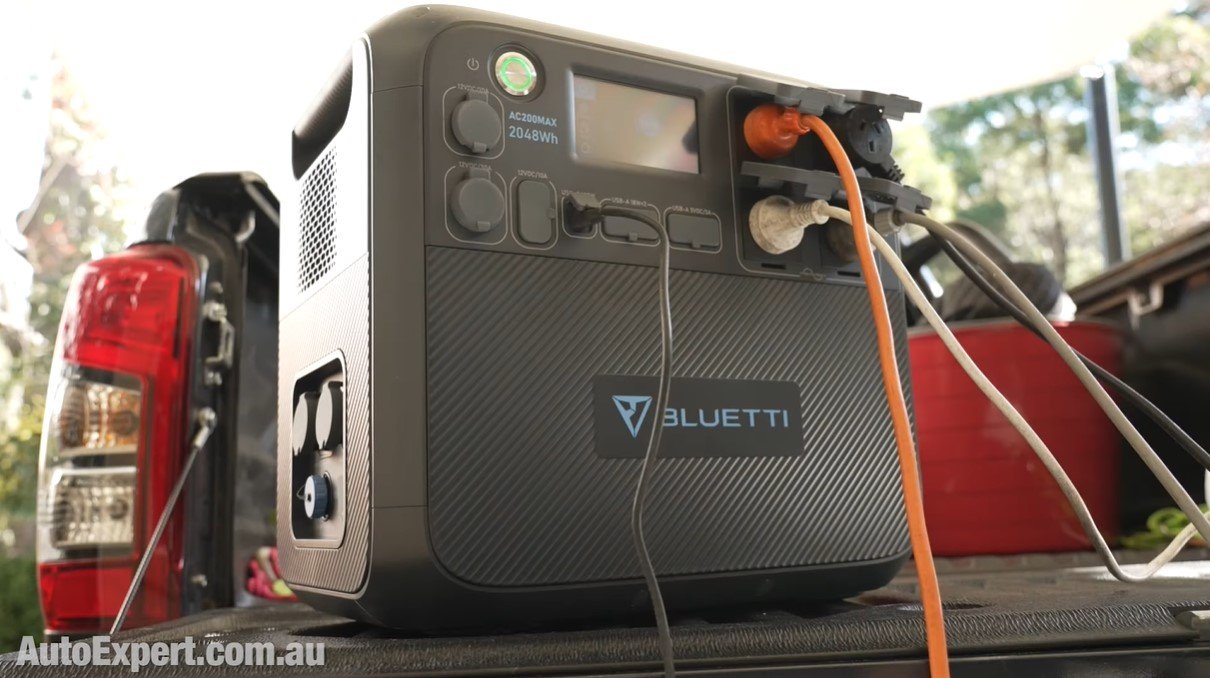
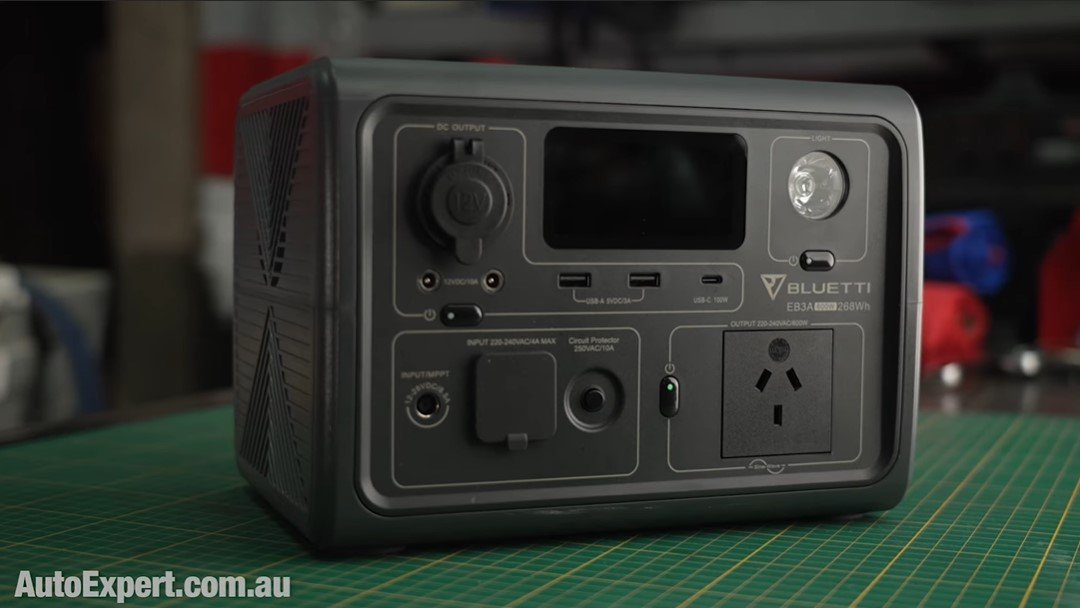
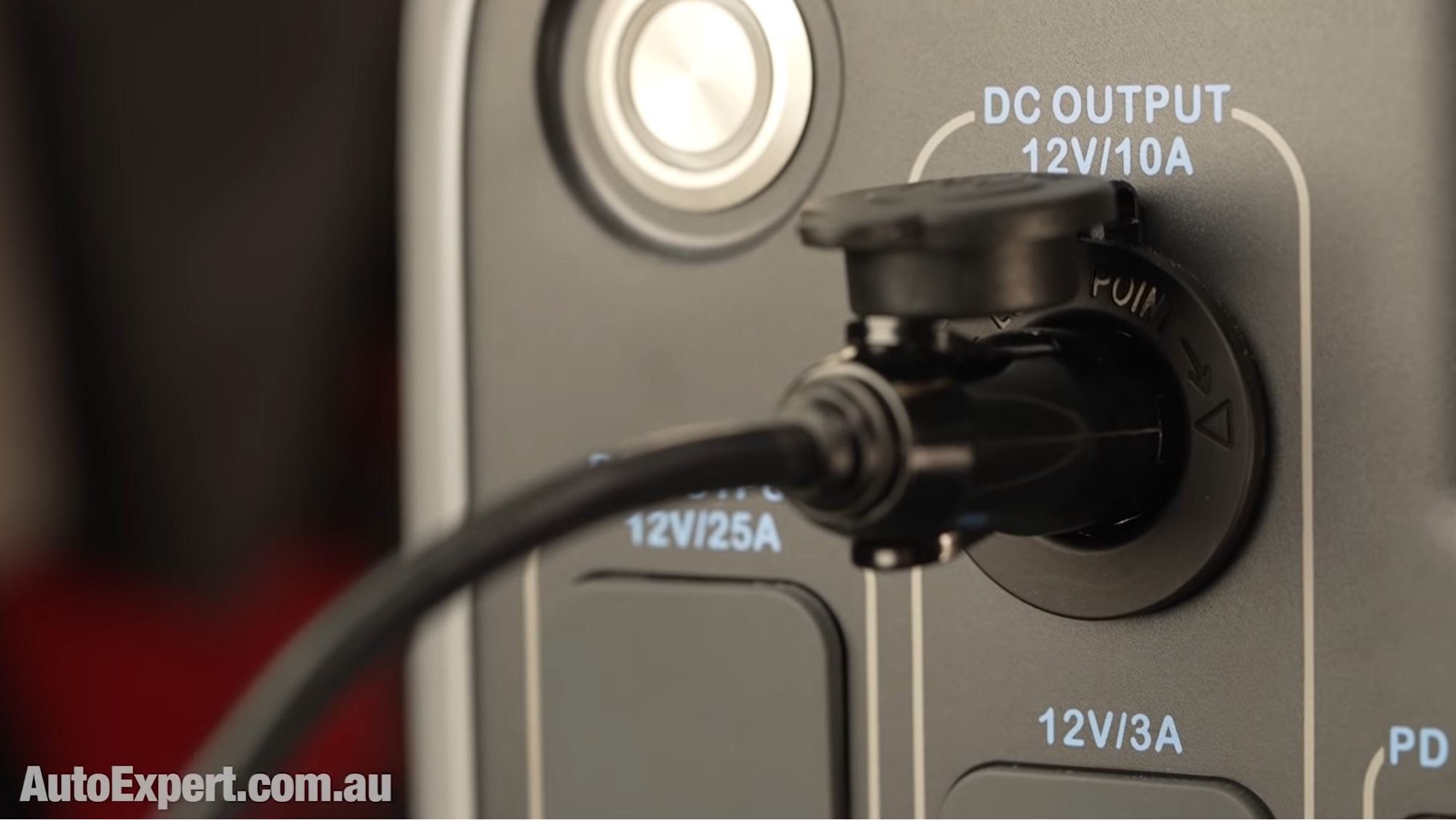
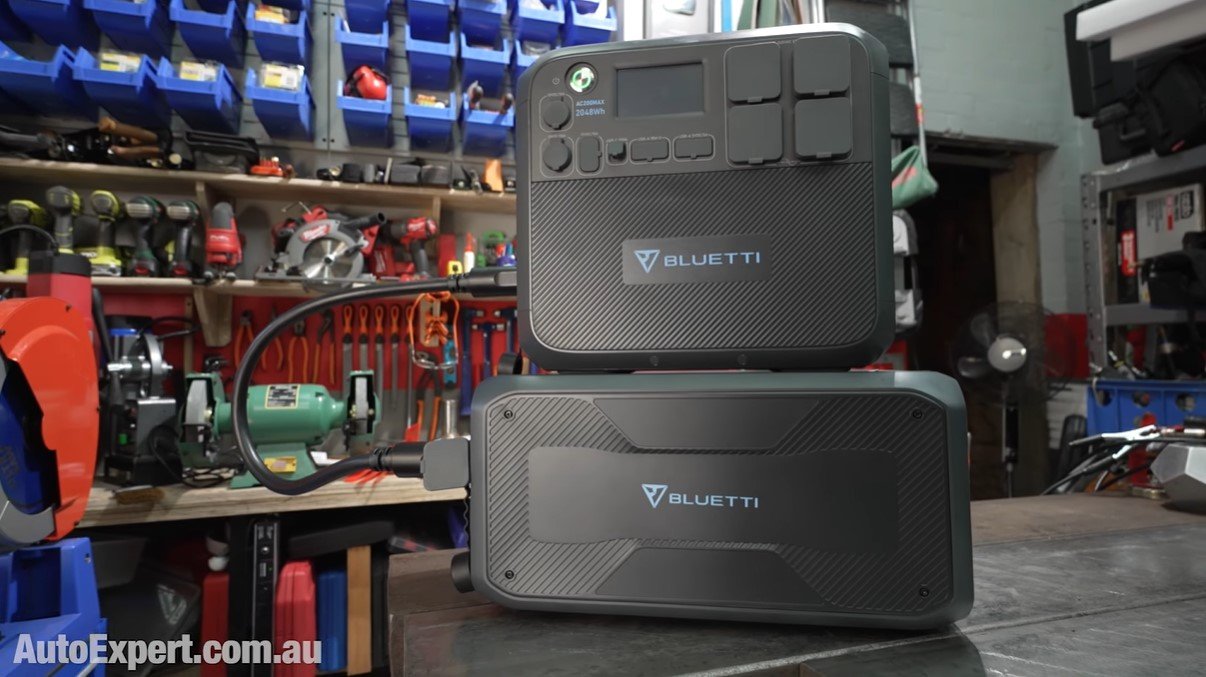
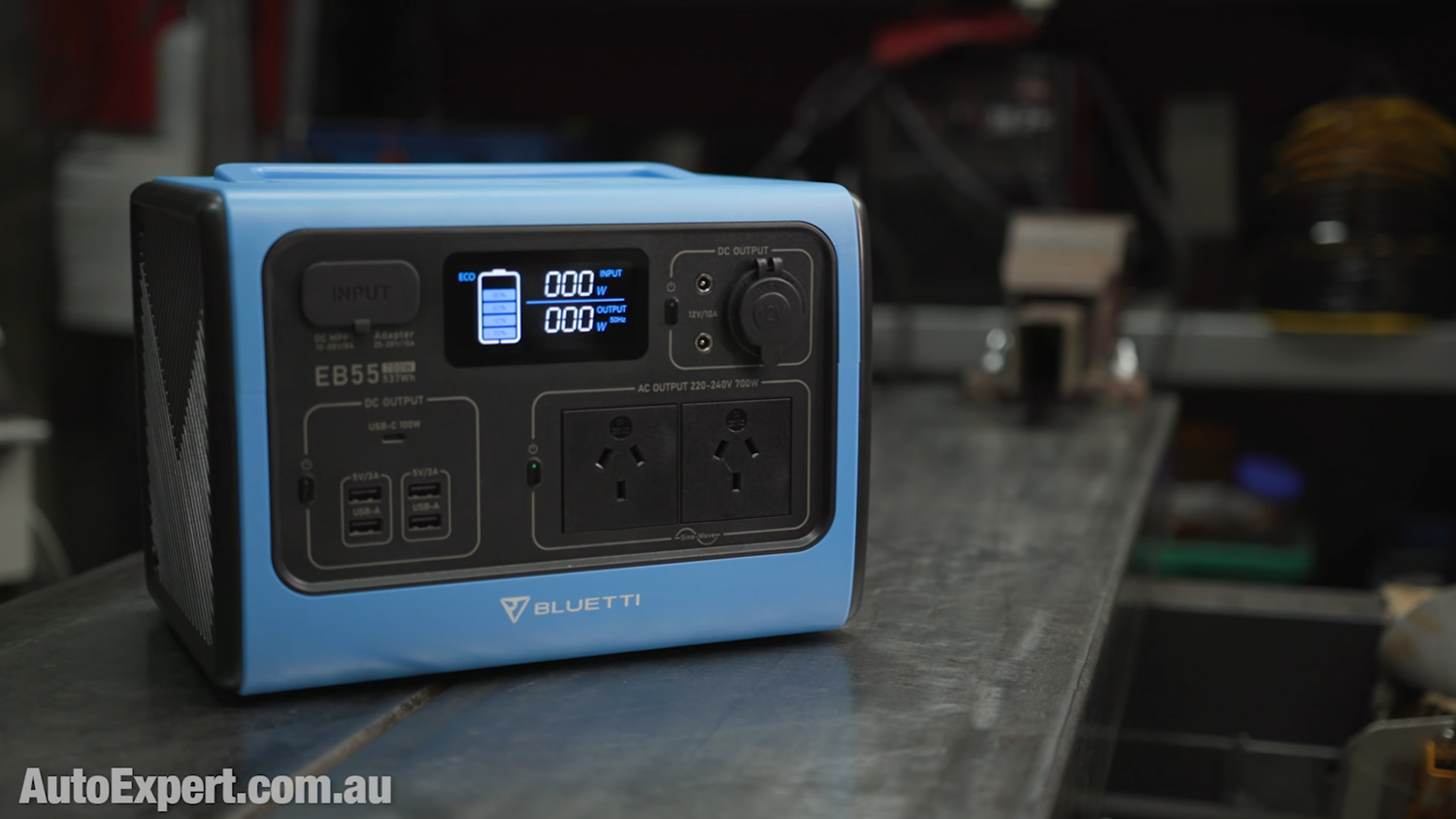
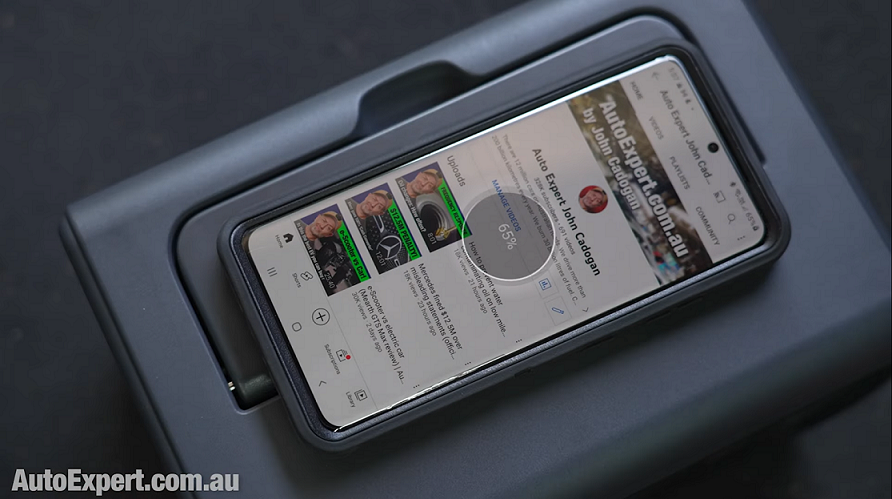
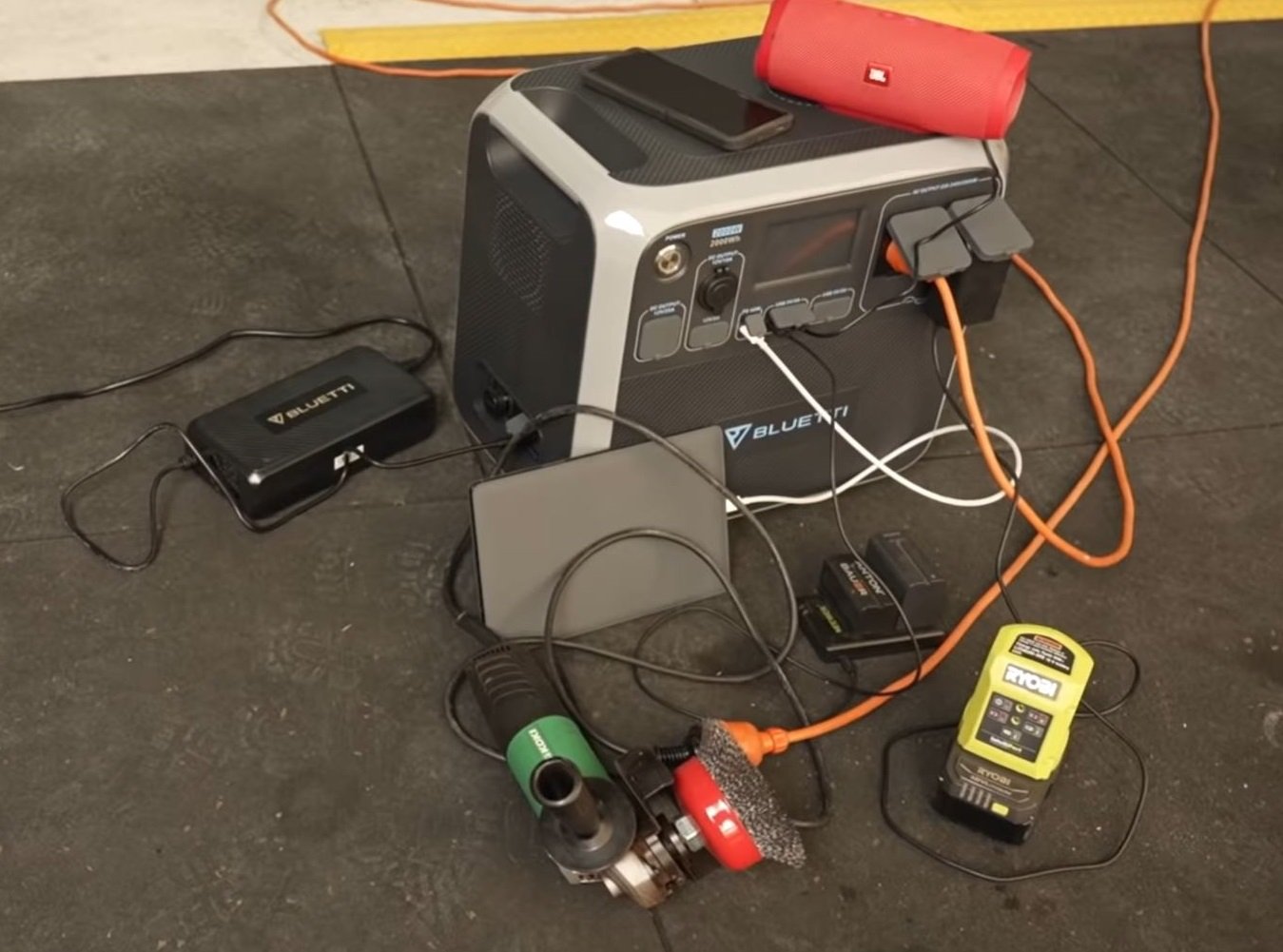
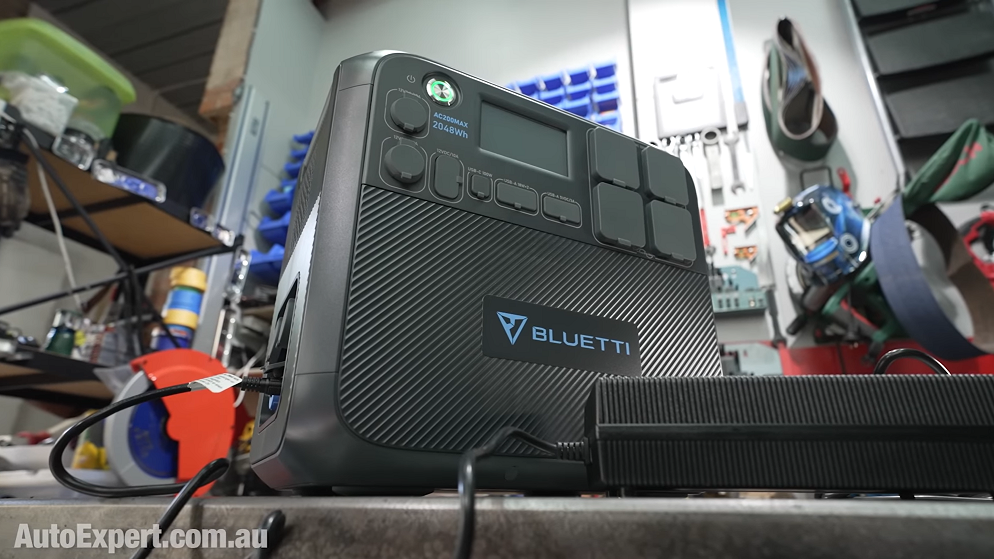
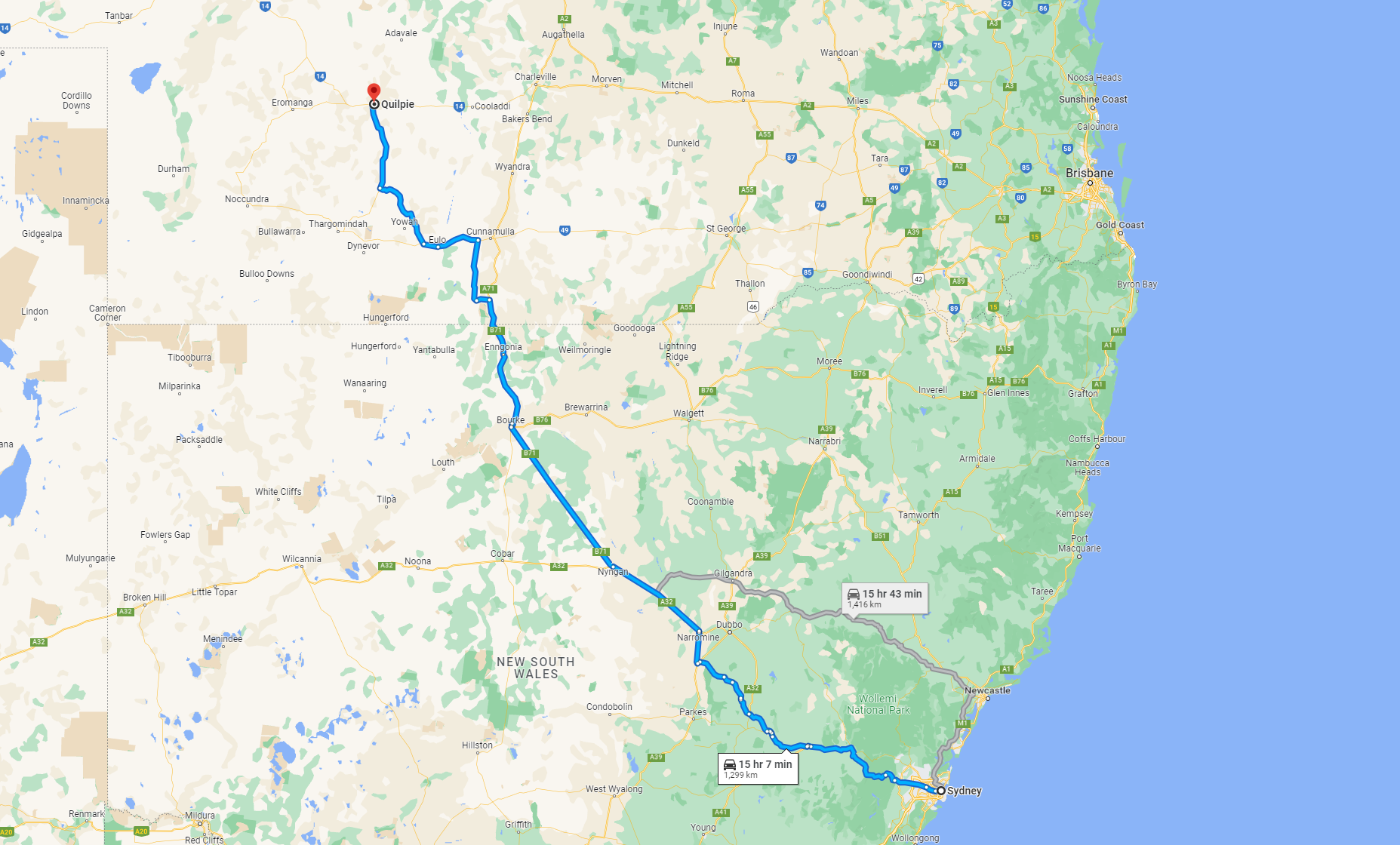
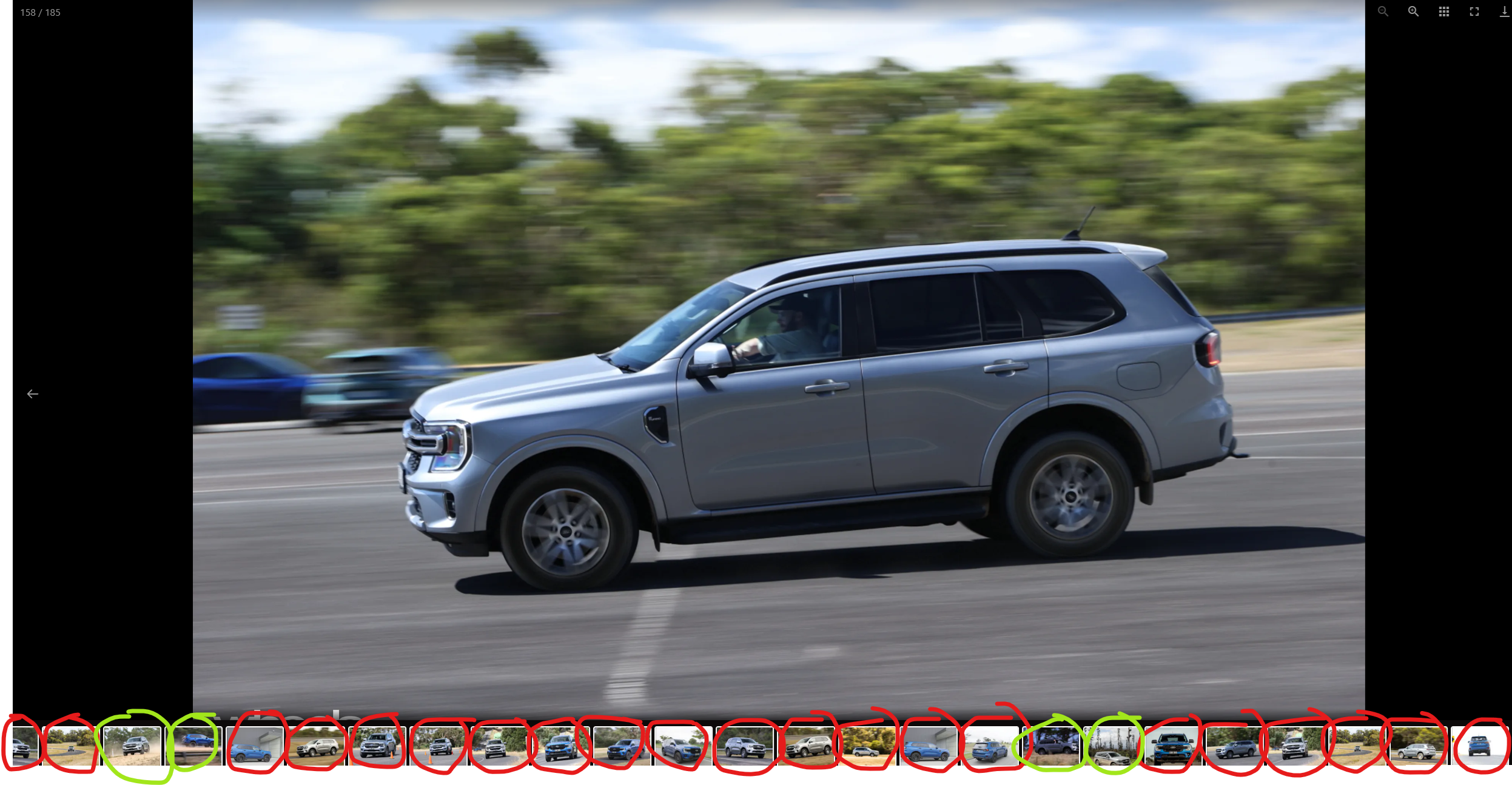
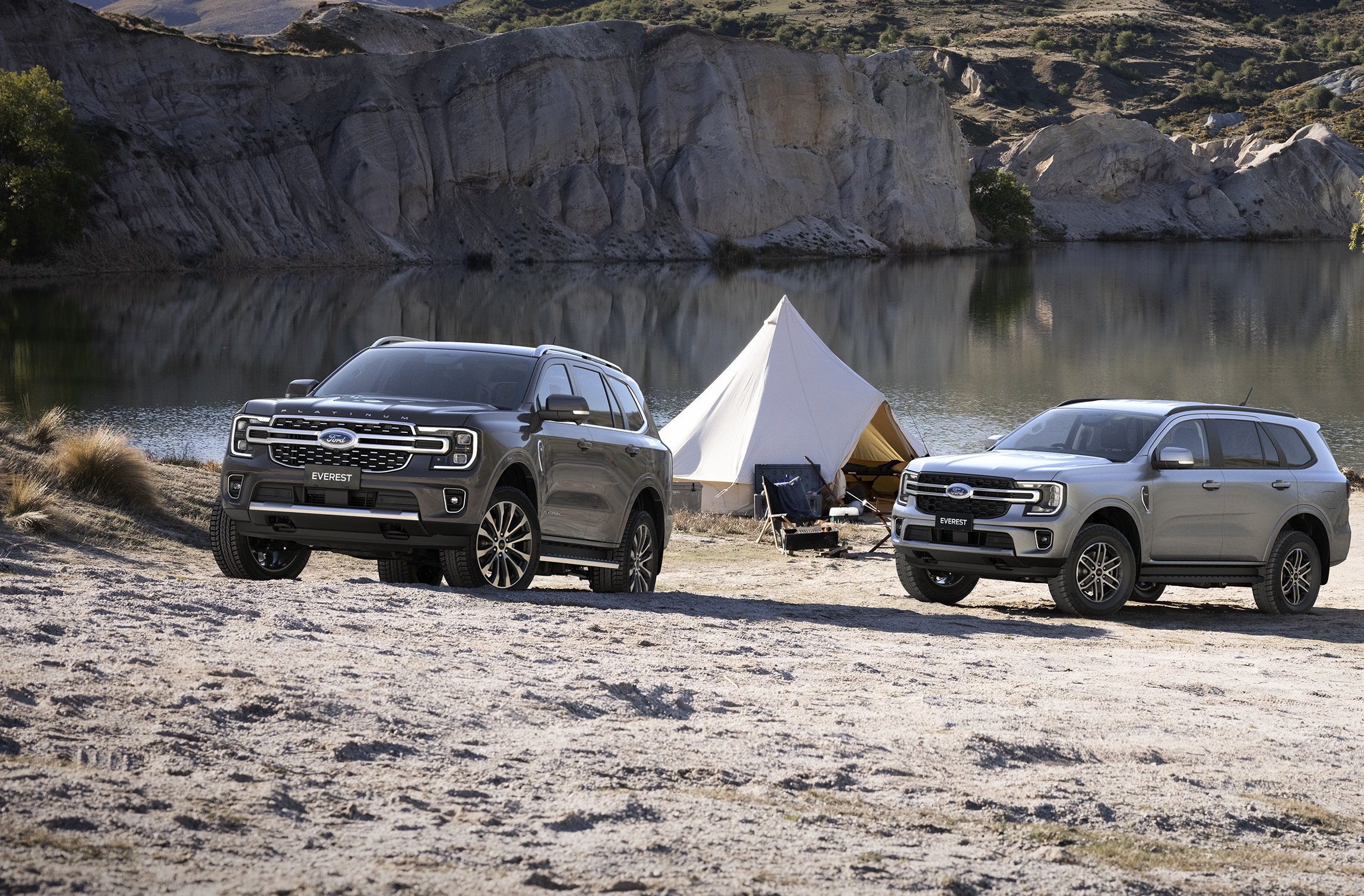
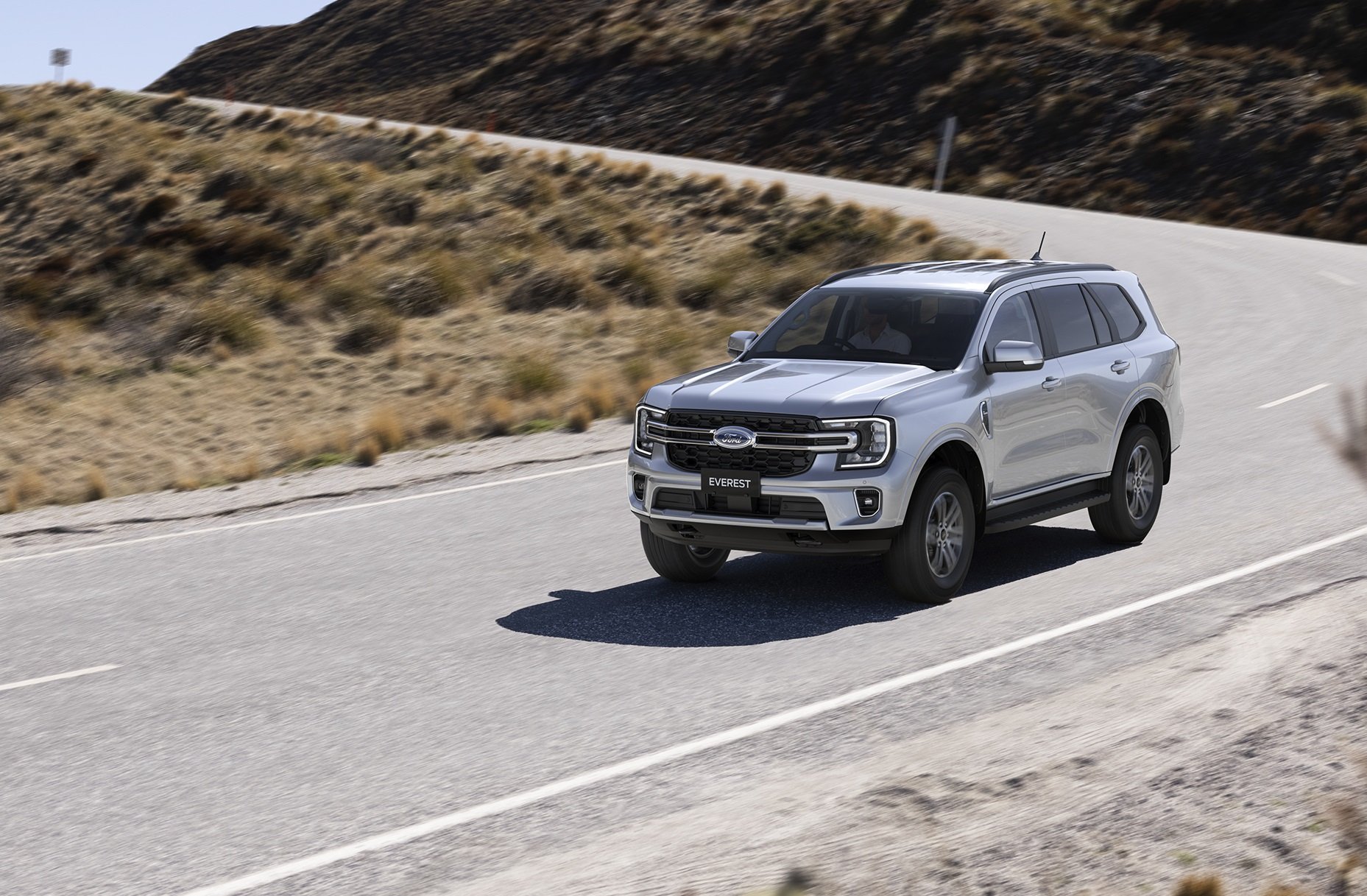
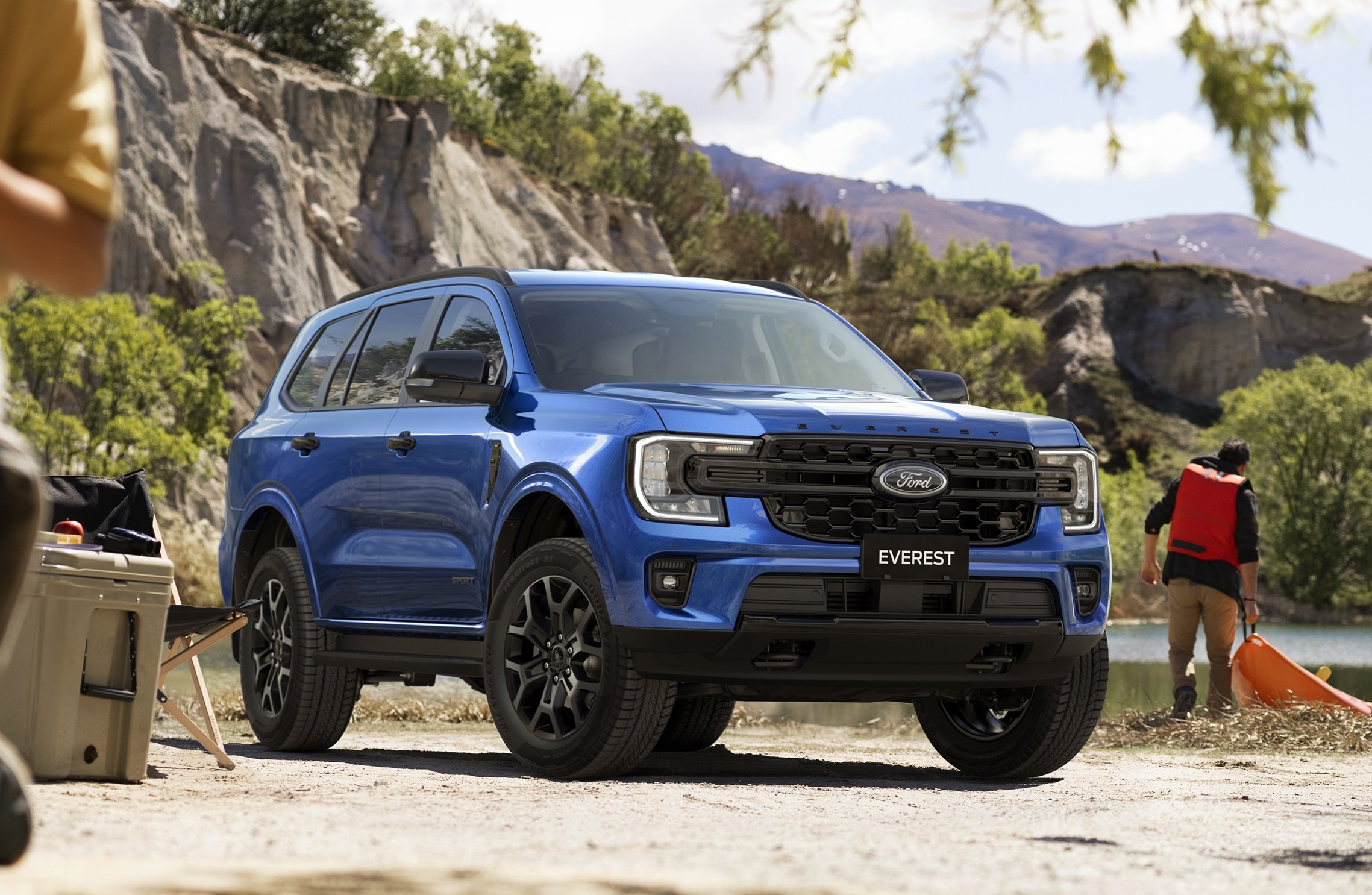
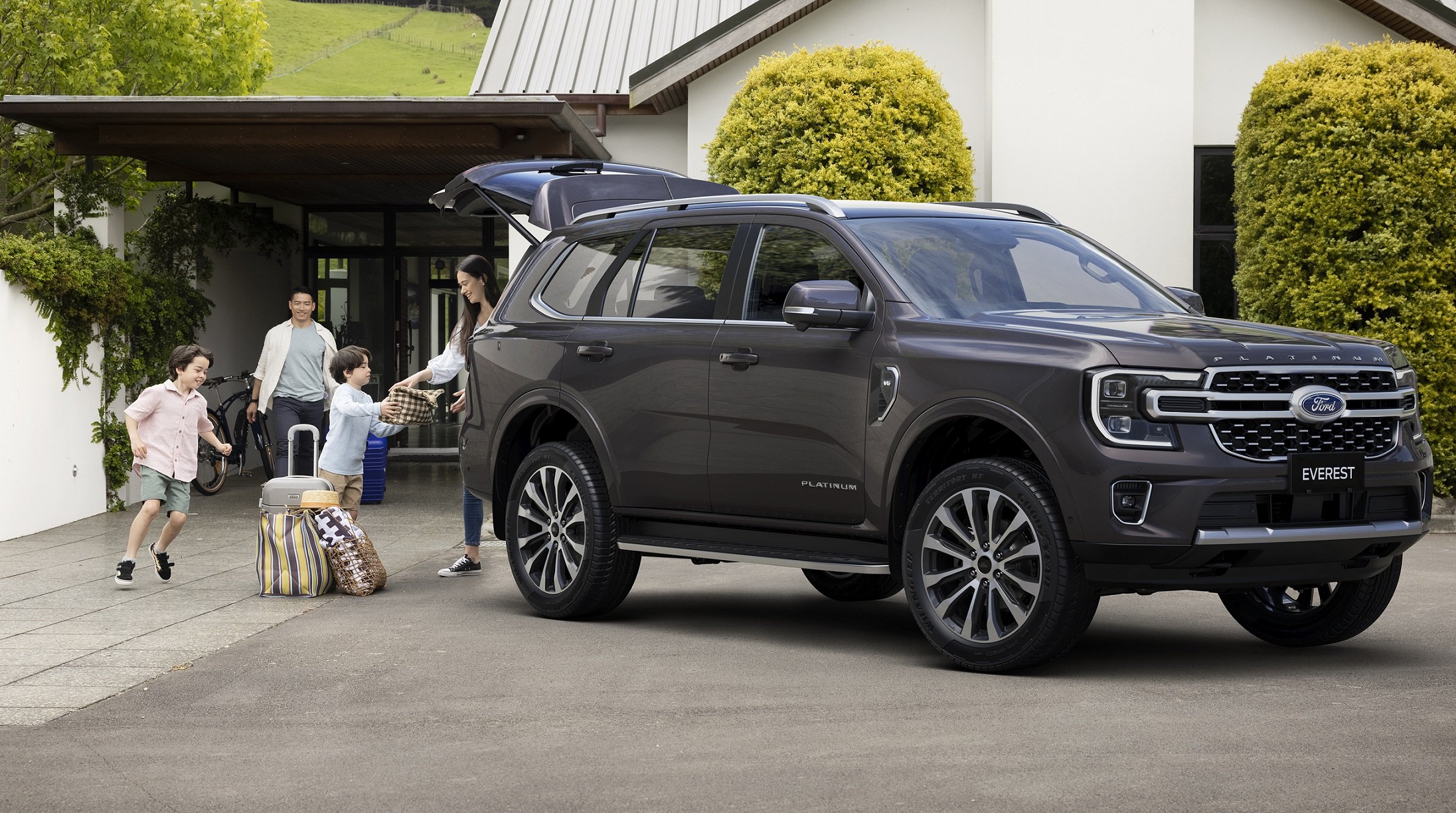
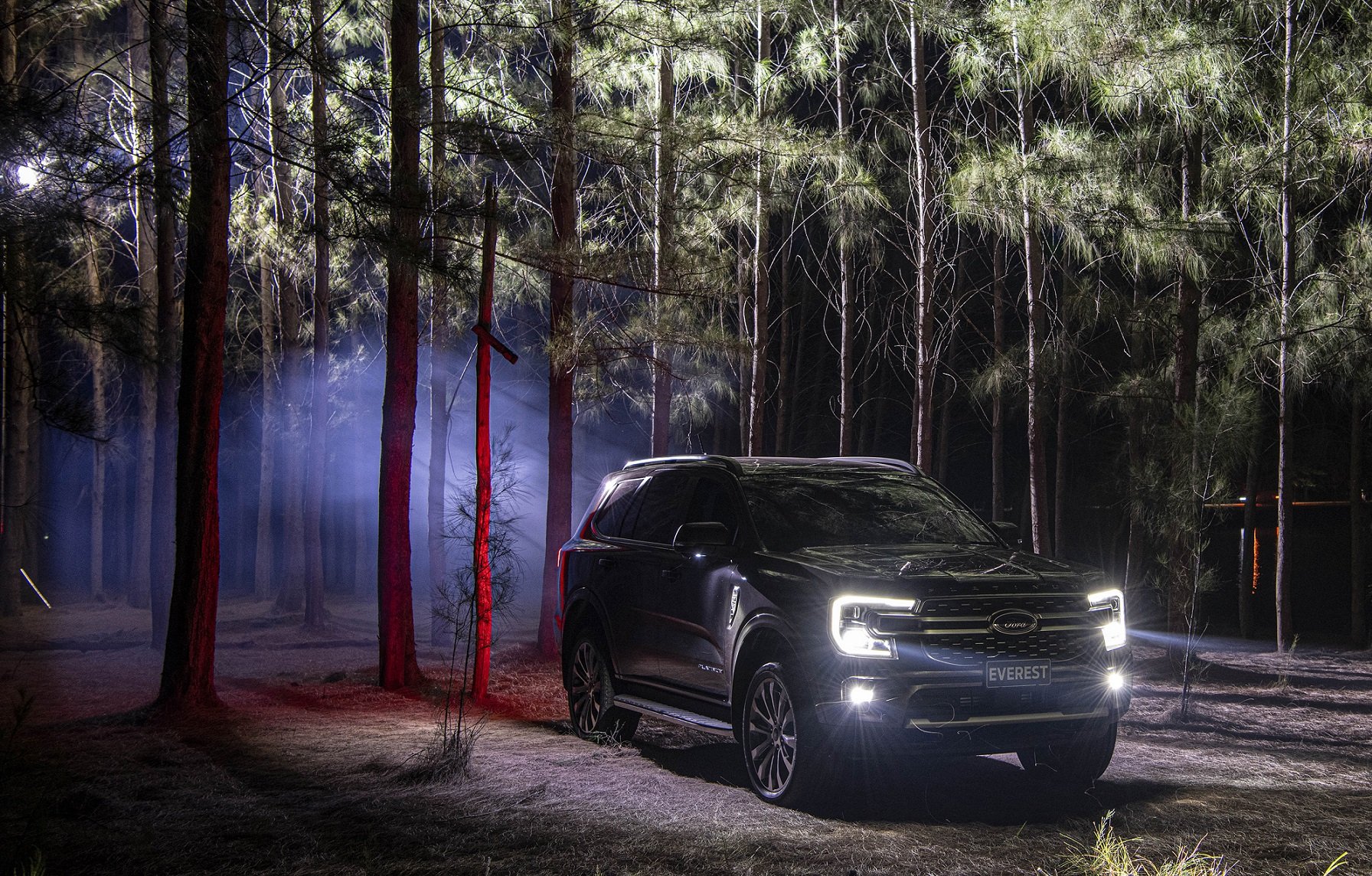












The Mitsubishi Outlander is an excellent-value seven-seat family vehicle with plenty of features and capability. It looks modern and tough, but you need to know if it’s going to be good enough compared with other medium SUVs.